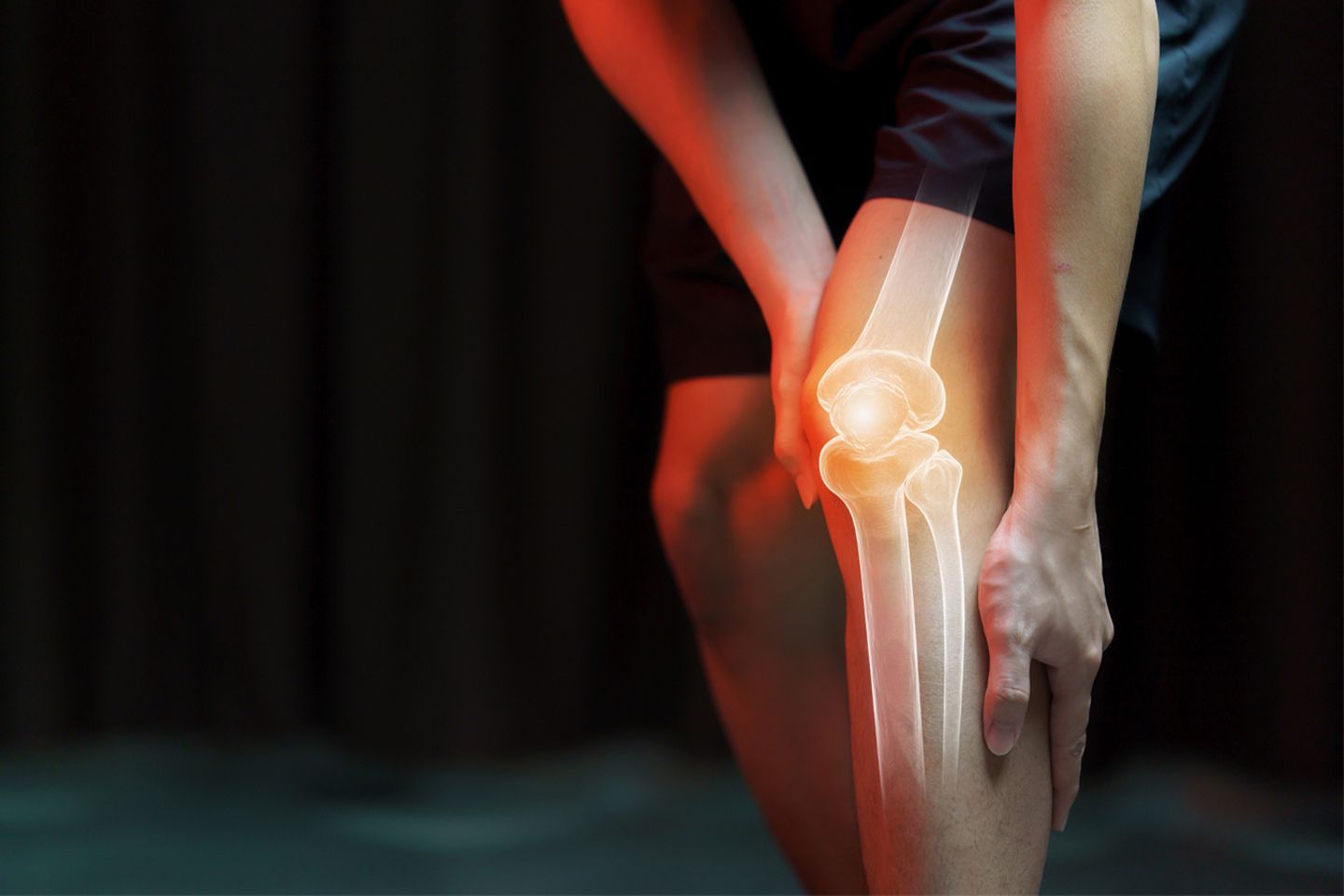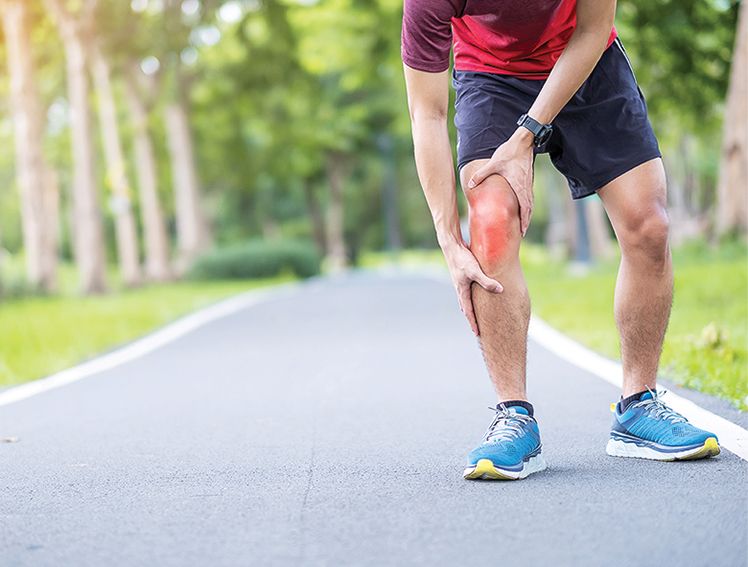
Arthritis Causes, Symptoms And Types
What is arthritis?
‘Arthritis’ meaning is inflammation of the joints. It is not a singular disorder but an umbrella term used for joint pain, inflammation, swelling and stiffness in one or multiple areas of the body. There are over 100 different types of arthritis and related conditions. Arthritis is usually associated with the elderly. However, it affects people of all ages, races, and genders. The pain and stiffness can worsen with age.
Arthritis affects around 210 million people alone in India. The incidence of this disease is way higher than diabetes, AIDS, and cancer.
Types of arthritis
The most common forms of arthritis are osteoarthritis (which causes the wearing out of flexible tissue at the end of bones) and rheumatoid arthritis(an autoimmune disease with inflammation in many joints at once). Other types of arthritis are:
Axial spondyloarthritis: Axial spondyloarthritis refers to several inflammatory arthritis diseases that affect the spine. This type of arthritis will create swelling and pain in the spine and the joints connecting the bottom of the spine to the pelvis. There are two types of axial spondyloarthritis:
Ankylosing spondylitis causes pain and stiffness in the back. The damage to the joints and tissue is visible on X-rays.
Nonradiographic spondyloarthritis also causes pain and stiffness but cannot be detected via X-rays.
Psoriatic arthritis: Psoriatic arthritis affects people with the skin condition psoriasis. Symptoms include joint swelling and tenderness, which may come and go. Not everyone with psoriasis will develop these symptoms.
Juvenile idiopathic arthritis: Juvenile idiopathic arthritis is one of the less common forms of arthritis and usually occurs in children under 16 years. Persistent joint pain, swelling and stiffness are the usual symptoms, but this condition can also cause growth issues and joint and eye damage.
Gout or metabolic arthritis: Gout or metabolic arthritis is both a common and complex form of arthritis that can affect just about anyone. Gout usually happens when there is an excess build-up of uric acid in the body, solidifying in a joint or surrounding tissue. This formation causes swelling, tenderness, and pain.
Infectious arthritis: Infectious arthritis is caused by a bacterial, viral, or fungal infection. It usually begins when an infection spreads from another area of the body to a joint, most commonly the knee. Swelling, pain and fever are common signs, but antibiotic therapy or antifungal resolves the issue quickly. Often these viral infections last only a week or two and then disappear on their own. Some people with infectious arthritis can sometimes require joint fluid drainage to clear infected synovial fluid, decrease pain and inflammation, and prevent joint damage.
What causes arthritis?
The cause behind many types of arthritis is yet unknown. Many scientists and health practitioners believe this disease results from a faulty immune system (an autoimmune condition) where the body mistakenly attacks itself. Genetic and family history of arthritis is also a definite cause.
Then there are external conditions like wear and tear from repetitive movement of a joint, previous injuries, obesity that puts strain on joints, and age. If you are a smoker and do little to no physical activity, you risk developing arthritis.
Symptoms of arthritis
Arthritis symptoms are unique to every individual. The symptoms you experience will be different from what someone else has. However, are the common symptoms of arthritis that you should know of:
- Pain
- Swelling of the joint
- Redness and tenderness of the joint
- Reduced joint mobility because of pain and stiffness
- The symptoms can exacerbate and cause fatigue, weight loss, and a general sickness.
Arthritis Diagnosis
Physical examination and taking in your medical history and family history help arrive at a diagnosis. The doctor will order blood tests to look for inflammation or other symptoms of arthritis. They may also take a joint fluid sample. For a look into the damage that the condition may have caused, to detect cartilage loss or shrinking of the joint space, the doctor can order an x-ray, ultrasound, or CT scan.
Some types of arthritis are difficult to diagnose, and it may take several visits and tests to obtain a definitive diagnosis. Your doctor may refer you to a rheumatologist specializing in treating joint conditions.
Arthritis Treatment
Arthritis treatment is focused on symptom relief and joint function improvement. Figuring out the right course of treatment for arthritis will take time and require patience from your end. To determine what works best for you, you should experiment with various treatments or pairings of treatment options.
Medication: You may be prescribed nonsteroidal anti-inflammatory drugs (NSAIDs) to reduce pain, counterirritant topical creams, or steroids to reduce inflammation and slow down joint damage.
Physical therapy: Physical therapy is helpful for some types of arthritis; if needed, your doctor will advise in its favour. Physiotherapy and gentle exercises can help increase mobility and keep the muscles of these joints healthy.
Surgery: There are times when the joint damage has worsened to the point that medication and physical therapy no longer bring relief. The pain could also be so bad that it gravely affects your quality of life. So, your doctor might suggest you undergo surgery for joint repair, replacement, or fusion.
Meril Life offers the OPULENT BIONIK GOLD KNEE for those who undergo total knee replacement surgery. This cobalt chrome knee implant is coated with TiNbN (titanium niobium nitride) to slow its wear and tear by 40% compared to regular cobalt chrome implants. OPULENT BIONIK GOLD KNEE is two times stronger than other implants of the same category, and is made with allergy prevention in mind.
Final note
Arthritis is a long-term and degenerative joint disease. There is also a type of arthritis caused by viral, bacterial, or fungal infections. The symptoms of arthritis can reduce your quality of life. Still, with proper diagnosis, treatment, and management, you can live your life to the fullest. Surgery is also an option if conservative treatment methods like drug therapy and physical therapy prove ineffective.



